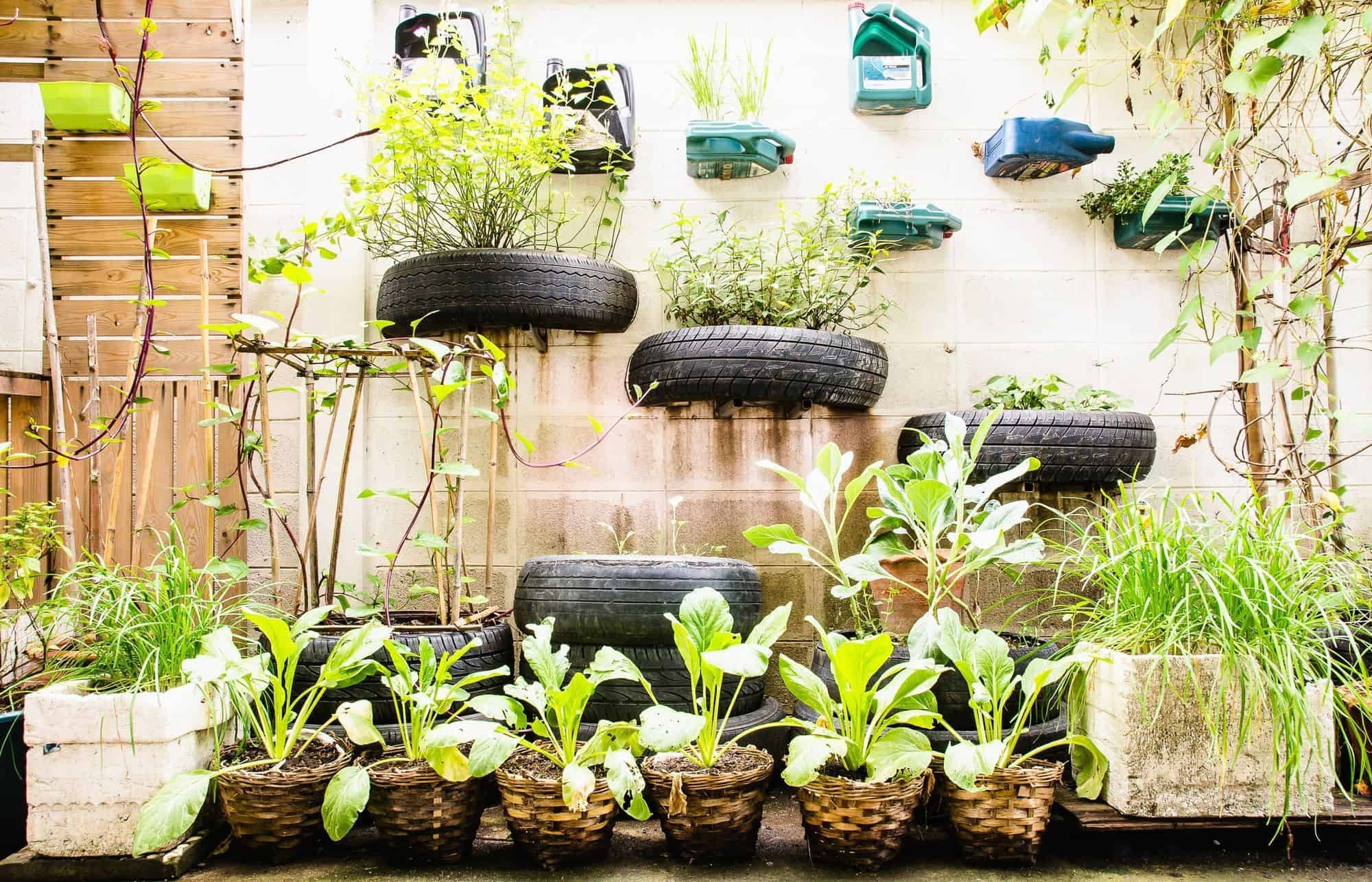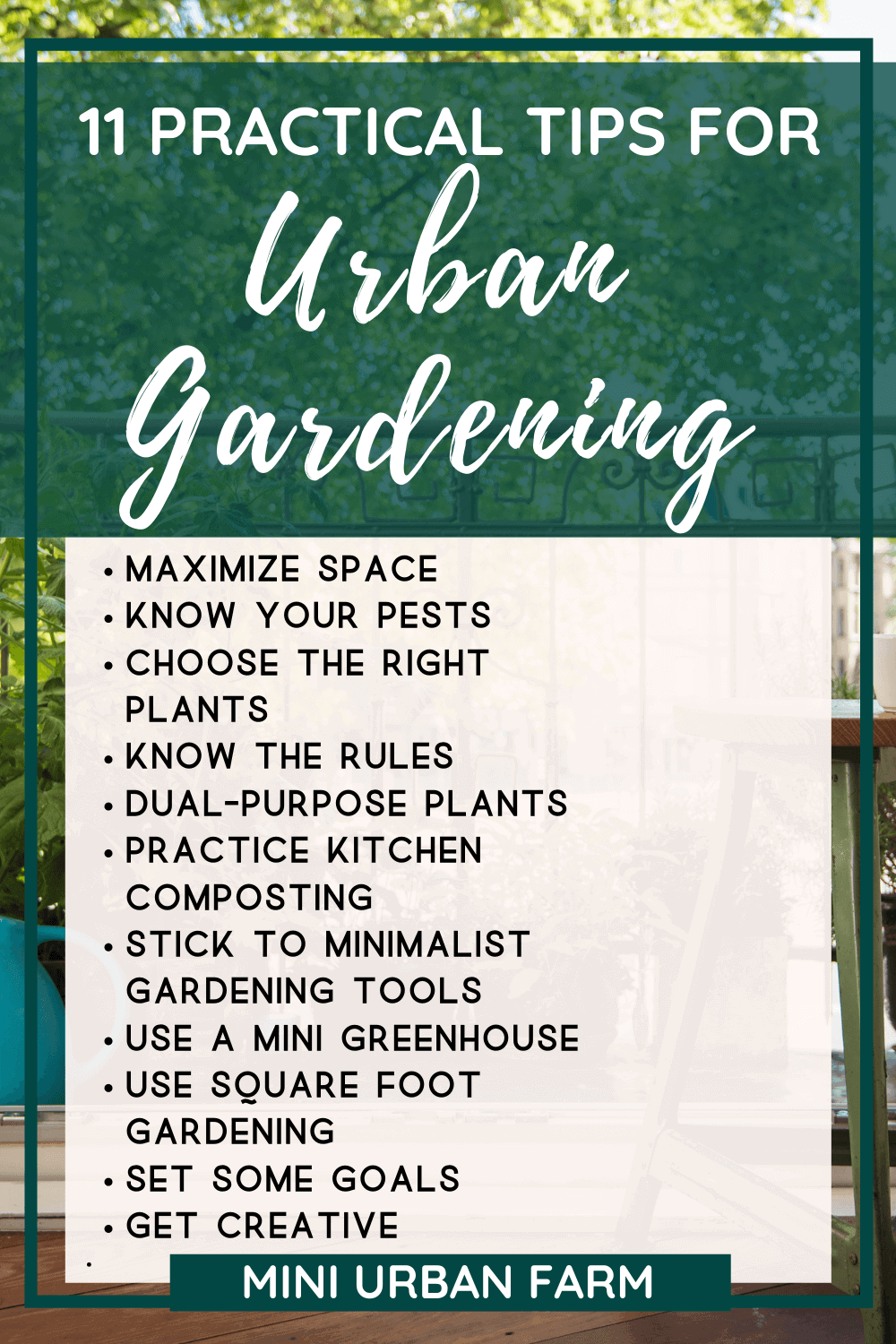“urban gardening tips
- Orchid Growing Tips
- Tentu, Berikut Adalah Artikel Komprehensif Tentang Perennials Vs. Annuals Dalam Bahasa Inggris, Dengan Perkiraan Panjang Sekitar 1600 Kata.
- Indoor Plant Maintenance
- Cactus Plant
- Shade Loving Plants
Table of Content
- 1 Cultivating Green Oases: A Comprehensive Guide to Urban Gardening Tips
- 1.1 I. Why Embrace Urban Gardening? The Multifaceted Benefits
- 1.2 II. Finding Your Urban Oasis: Space & Site Selection
- 1.3 III. The Essentials: Laying the Foundation for Growth
- 1.3.1 A. Containers & Planters: The Urban Bedrock
- 1.3.2 B. Soil: The Lifeblood of Your Garden
- 1.3.3 C. Light: The Energy Source
- 1.3.4 D. Water: The Elixir of Life
- 1.4 IV. Plant Selection: What Thrives in the City?
Tentu, berikut adalah artikel lengkap tentang tips berkebun di perkotaan (urban gardening tips) dalam bahasa Inggris dengan perkiraan panjang 1600 kata.

Cultivating Green Oases: A Comprehensive Guide to Urban Gardening Tips
In the sprawling concrete jungles of our modern world, the yearning for a connection with nature, fresh produce, and a touch of green has never been stronger. Urban gardening, once a niche hobby, has blossomed into a vibrant movement, transforming balconies, rooftops, windowsills, and even forgotten street corners into thriving havens of life. It’s more than just growing plants; it’s about fostering sustainability, enhancing well-being, building communities, and reclaiming a piece of the natural world in an urban setting.
This comprehensive guide delves into the essential tips and techniques for successful urban gardening, empowering city dwellers to cultivate their own green oases, no matter how limited their space may seem.
I. Why Embrace Urban Gardening? The Multifaceted Benefits
Before diving into the "how-to," it’s crucial to understand the compelling reasons behind the urban gardening surge. The benefits extend far beyond just having fresh herbs on hand.
- Food Security and Fresh Produce: The most immediate and tangible benefit is access to incredibly fresh, often organic, produce. You control what goes into your plants – no pesticides, no harmful chemicals. This reduces reliance on supermarket chains, cuts down on food miles, and ensures a healthier diet.
- Health and Well-being: Gardening is a therapeutic activity. It reduces stress, improves mood, and provides a gentle form of exercise. The act of nurturing plants fosters patience and mindfulness. Being surrounded by greenery also has a proven positive impact on mental health.
- Environmental Benefits: Urban gardens contribute to a greener, healthier city. They help reduce the urban heat island effect by cooling surrounding areas, improve air quality by absorbing pollutants, and provide habitats for pollinators like bees and butterflies. They also reduce waste by encouraging composting.
- Cost Savings: While there’s an initial investment, growing your own produce significantly cuts down on grocery bills, especially for expensive organic herbs, leafy greens, and specialty vegetables.
- Community Building: Community gardens, in particular, serve as vibrant hubs for social interaction, knowledge sharing, and collective effort. Even individual balcony gardens can spark conversations and inspire neighbors.
- Education and Skill Development: Urban gardening offers a hands-on learning experience about botany, ecology, sustainability, and responsible resource management. It’s an excellent way to teach children about where their food comes from.
- Aesthetic Enhancement: Beyond functionality, urban gardens beautify spaces, turning drab concrete into vibrant, living landscapes.


II. Finding Your Urban Oasis: Space & Site Selection
The first step to urban gardening success is identifying and optimizing your available space. Don’t underestimate even the smallest nooks!
- Balconies and Patios: These are perhaps the most common urban gardening spots.
- Sunlight Assessment: Crucial. Observe how many hours of direct sunlight your balcony receives throughout the day. South-facing balconies usually get the most sun.
- Weight Load: Be mindful of the weight capacity, especially for larger containers filled with wet soil. Distribute weight evenly.
- Wind Exposure: High-rise balconies can be very windy. Choose sturdy containers and consider windbreaks for delicate plants.

- Rooftops: Offer excellent sun exposure but require careful planning for drainage, weight distribution, waterproofing, and accessibility. Often best undertaken with professional consultation for structural integrity.
- Windowsills: Perfect for herbs, microgreens, and small, compact plants. Ensure they get adequate light.
- Vertical Gardens: An ingenious solution for limited horizontal space.
- Wall-mounted planters: Systems with pockets or shelves.
- Stackable planters: Tiered pots that allow plants to grow upwards.
- Pallet gardens: Upcycled wooden pallets can be repurposed into vertical planters.
- Hydroponic/Aeroponic systems: More advanced, water-efficient systems that grow plants without soil.
- Community Gardens: If you lack private space, look for community garden plots in your area. These offer shared resources, expertise, and a strong sense of camaraderie.
- Unused Public Spaces (Guerrilla Gardening): While often unofficial, some urban gardeners reclaim neglected public land to plant edibles or flowers. Always be mindful of local regulations and community acceptance.
III. The Essentials: Laying the Foundation for Growth
Once you’ve identified your space, it’s time to gather the fundamental elements for your urban garden.
A. Containers & Planters: The Urban Bedrock
Choosing the right containers is paramount for container gardening.
- Drainage: Absolutely non-negotiable. Every container MUST have drainage holes to prevent waterlogging and root rot. If a pot lacks holes, drill them yourself.
- Size Matters: Match the container size to the mature size of the plant’s root system.
- Small herbs (basil, cilantro): 6-8 inch pots.
- Leafy greens (lettuce, spinach): 8-10 inch pots or window boxes.
- Tomatoes, peppers, eggplant: 5-gallon (18-20 liter) containers or larger per plant.
- Root vegetables (carrots, radishes): Deeper containers (at least 8-12 inches deep).
- Material:
- Plastic: Lightweight, retains moisture well, affordable. Can heat up in direct sun.
- Terracotta/Clay: Porous, allows soil to breathe, but dries out quickly. Heavier.
- Fabric/Grow Bags: Excellent aeration, prevents root circling, lightweight. Dries out faster.
- Wood: Attractive, insulates well, but can rot over time.
- Recycled Materials: Get creative! Old tires (ensure they’re safe), buckets, laundry baskets (with drilled holes).
B. Soil: The Lifeblood of Your Garden
Forget digging up garden soil from a park; it’s too dense for containers. You need a high-quality potting mix.
- Potting Mix vs. Garden Soil: Potting mix is specifically designed for containers. It’s lightweight, well-draining, and provides adequate aeration for roots. It typically contains peat moss, coco coir, perlite, vermiculite, and sometimes compost.
- Nutrients: Good potting mixes often come pre-fertilized for the first few weeks. As plants grow, you’ll need to supplement nutrients.
- Compost: Incorporating compost (your own or purchased) enriches the soil with organic matter, improves drainage, and provides a slow release of nutrients.
C. Light: The Energy Source
Sunlight is the primary fuel for photosynthesis.
- Full Sun (6+ hours direct sunlight): Essential for most fruiting vegetables like tomatoes, peppers, cucumbers, and squash.
- Partial Sun (3-6 hours direct sunlight): Suitable for leafy greens, many herbs, and root vegetables.
- Shade (less than 3 hours direct sunlight): Limited options, but some leafy greens (like spinach in summer), mint, and some herbs can tolerate it.
- Observation: Track the sun’s movement over your chosen space throughout the day and across seasons.
- Reflective Surfaces: White walls or reflective foils can bounce light back onto plants, especially in partially shaded areas.
- Grow Lights: For indoor gardening or supplementing natural light, LED grow lights are energy-efficient and effective.
D. Water: The Elixir of Life
Proper watering is critical for container plants, which dry out faster than in-ground gardens.
- Frequency: Depends on plant type, container size, soil type, and weather. Check soil moisture daily.
- The Finger Test: Stick your finger about an inch or two into the soil. If it feels dry, it’s time to water.
- Water Thoroughly: Water until you see it draining from the bottom of the pot. This ensures the entire root ball is moistened.
- Morning is Best: Watering in the morning allows plants to absorb moisture before the heat of the day and allows foliage to dry, reducing fungal diseases.
- Avoid Overwatering: Soggy soil leads to root rot. Ensure excellent drainage.
- Watering Cans vs. Hoses: A watering can with a fine rose attachment is good for gentle watering. A hose with a spray nozzle is efficient for larger gardens.
- Self-watering Planters: These have a reservoir that wicks water up to the soil, reducing watering frequency.
- Rainwater Harvesting: Collect rainwater in barrels or bins. It’s free, soft, and chlorine-free – excellent for plants.
IV. Plant Selection: What Thrives in the City?
Choosing the right plants for your specific conditions is key to success. Consider your available sunlight, space, and personal preferences.
- Herbs: Almost universally successful in urban settings due to their compact size and relatively low light requirements.
- Full Sun: Basil, rosemary, thyme, oregano, sage, lavender.
- Partial Sun/Shade: Mint, parsley, cilantro (can bolt in hot sun), chives.
- Leafy Greens: Quick-growing and highly rewarding.
- Full Sun/Partial Sun: Lettuce (various types), spinach, arugula, kale, Swiss chard, mustard greens.
- Many can be "cut-and-come-again," allowing multiple harvests.
- Root Vegetables: Require deeper containers but are very satisfying.
- Full Sun: Carrots (choose shorter varieties like ‘Danvers Half Long’ or ‘Paris Market’), radishes, beets.
- **Partial Sun

